
This year on October 16, the San Francisco Fall Show once again hosted the highly anticipated fine and decorative arts event and celebrated its 42nd anniversary. Fort Mason Center for Arts & Culture Festival Pavilion in San Francisco united an array of fine and decorative art dealers and this year, the program's event revolved around the theme "Black and White", celebrating the contrast, elegance and enduring allure of this classic pairing. Show Chair Suzanne Tucker joined by honorary co-chairs Aerin Lauder and Wes Gordon, along with gala chairs including Vanessa Getty, Alexis and Trevor Traina, Dede Wilsey and other guests As the longest-running art, antiques, and design fair on the West Coast, the San Francisco Fall Show is celebrated worldwide and cherished within the San Francisco Bay Area's vibrant art and design scene.
Show dates October 16 - 19, 2024 Tickets
Photography by Drew Altizer
A regular at the Venice International Film Festival where she is presenting the film “Broken English” directed by Jane Pollard and Iain Forsyth and in which she plays a leading role, actor Tilda Swinton navigates Venice’s streets with effortless expertise, wearing CHANEL.
It's center stage for Grenoble line at Moncler, the Italian luxury down jacket label's high-tech performance collection.
The son of co-CEOs Patrizio Bertelli and Miuccia Prada hints at plans to launch resale and explains that sustainable innovation should be profitable
































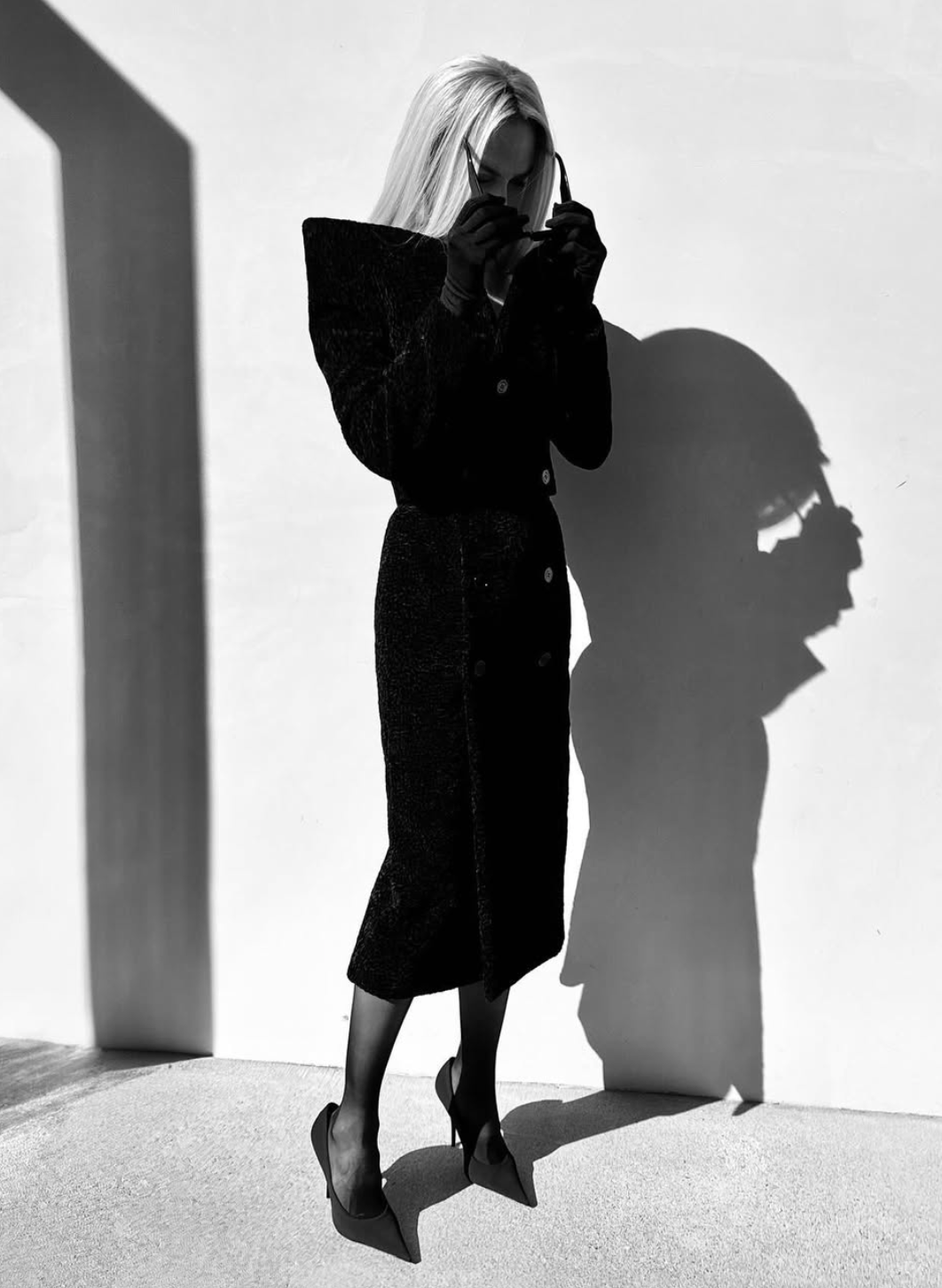










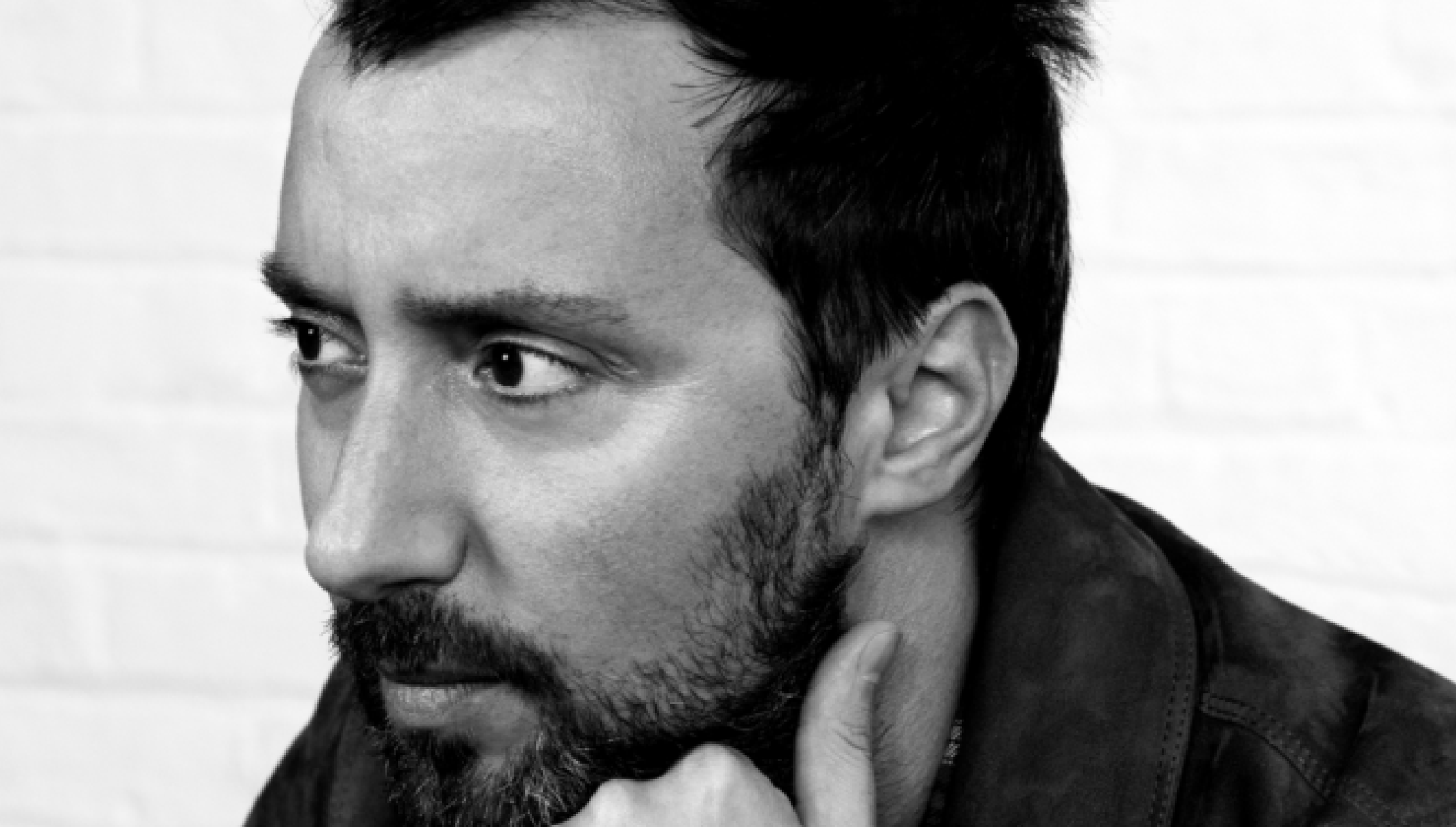


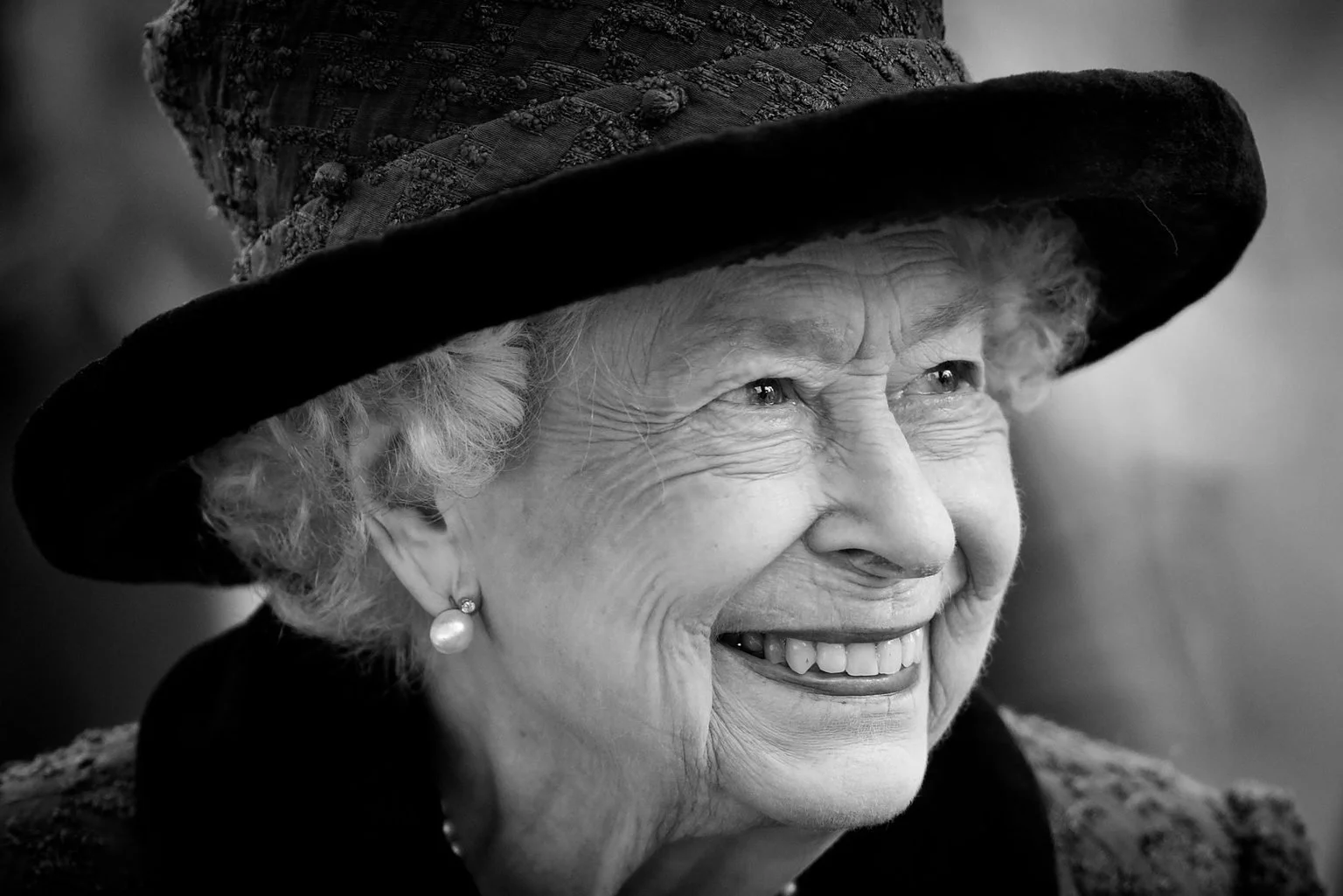





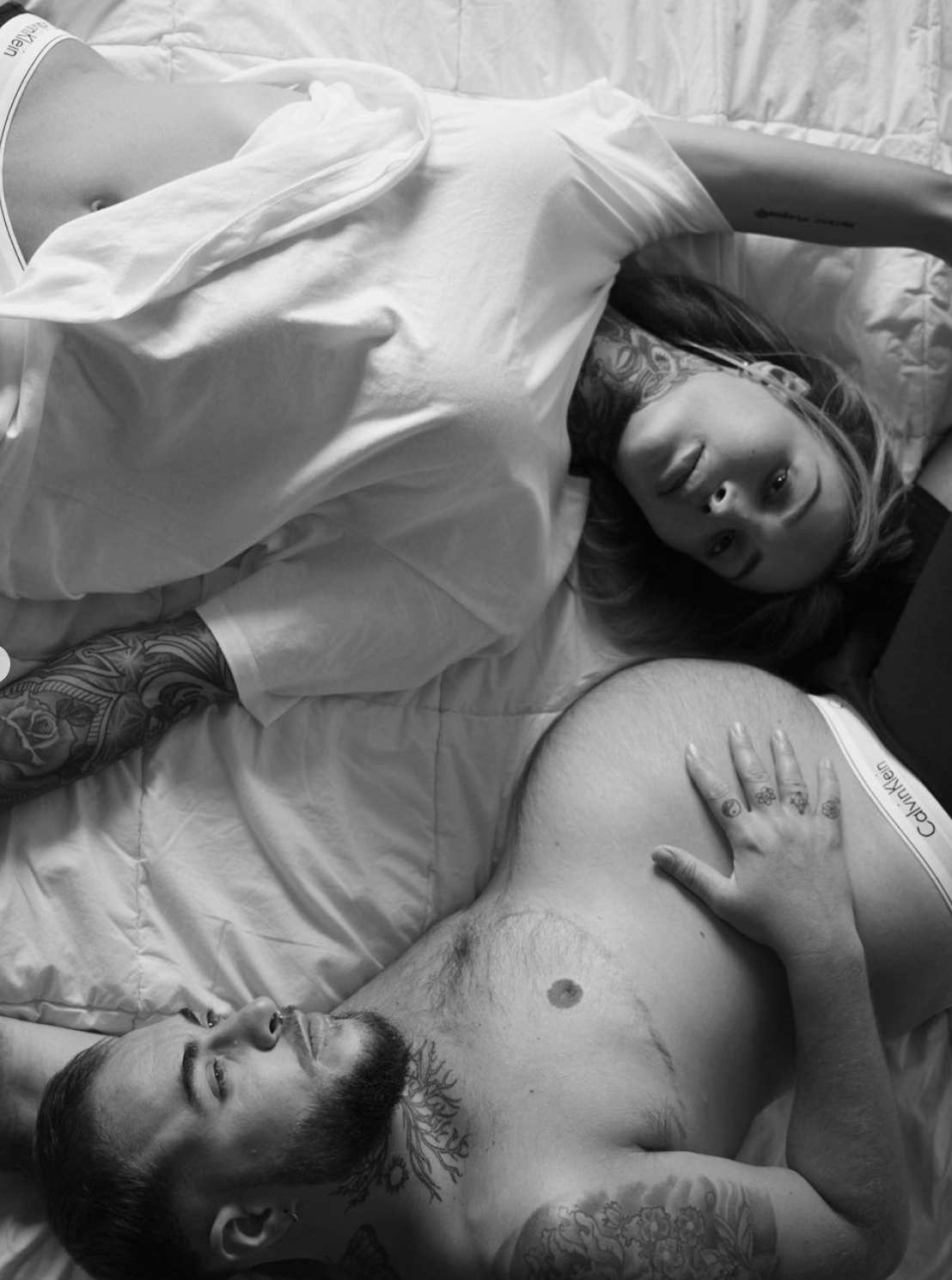
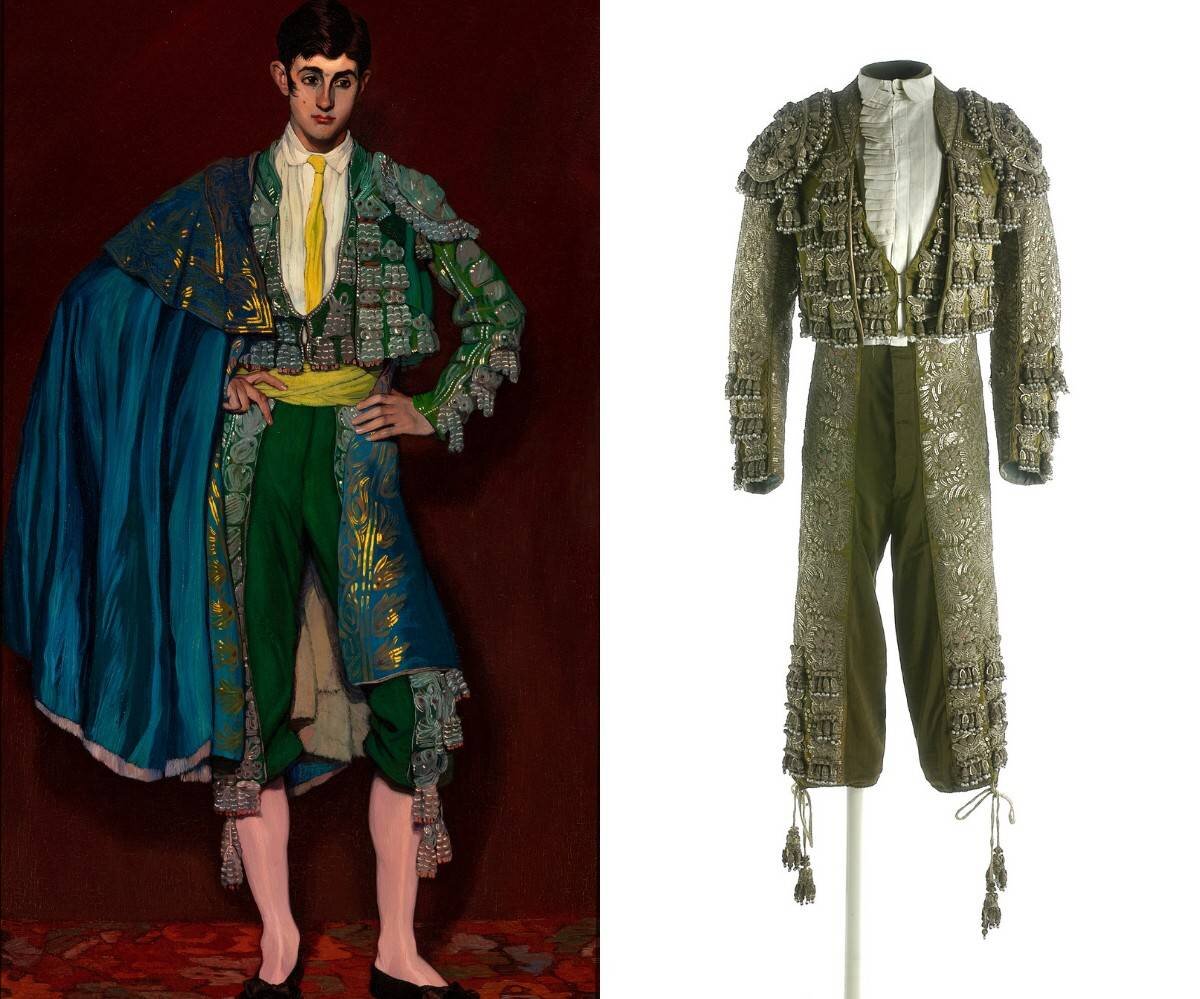
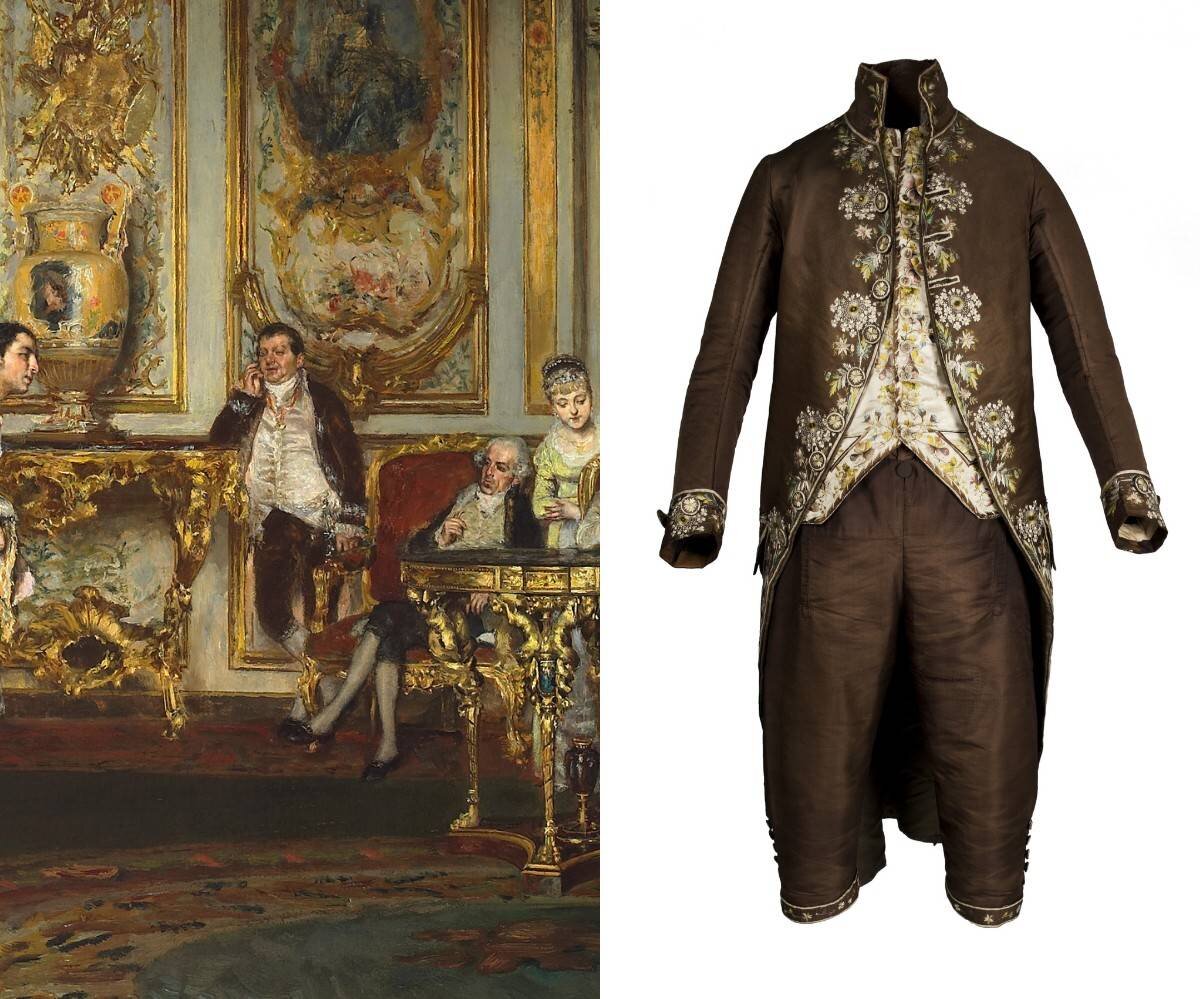
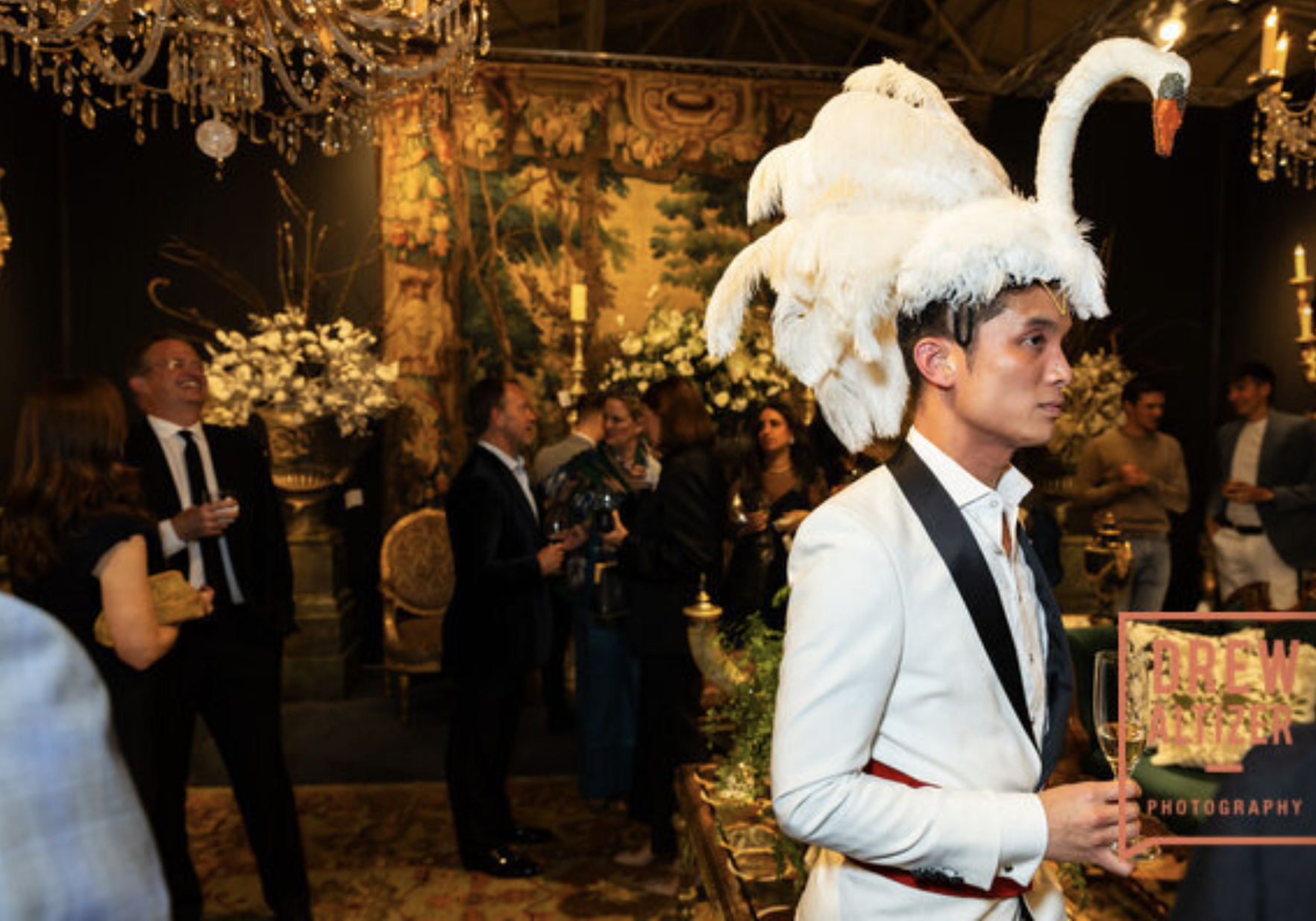










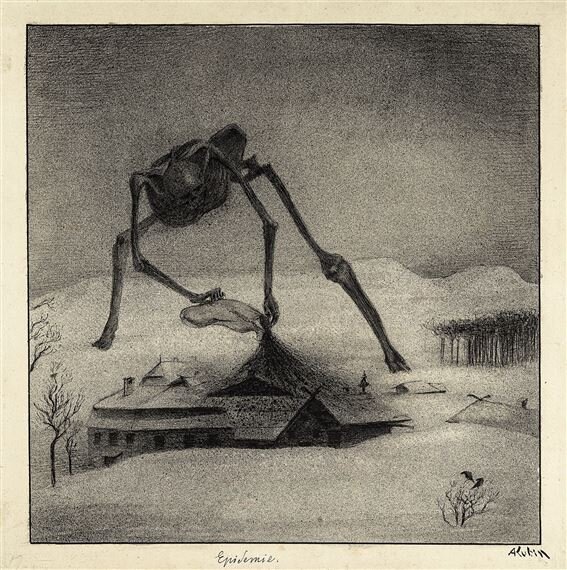
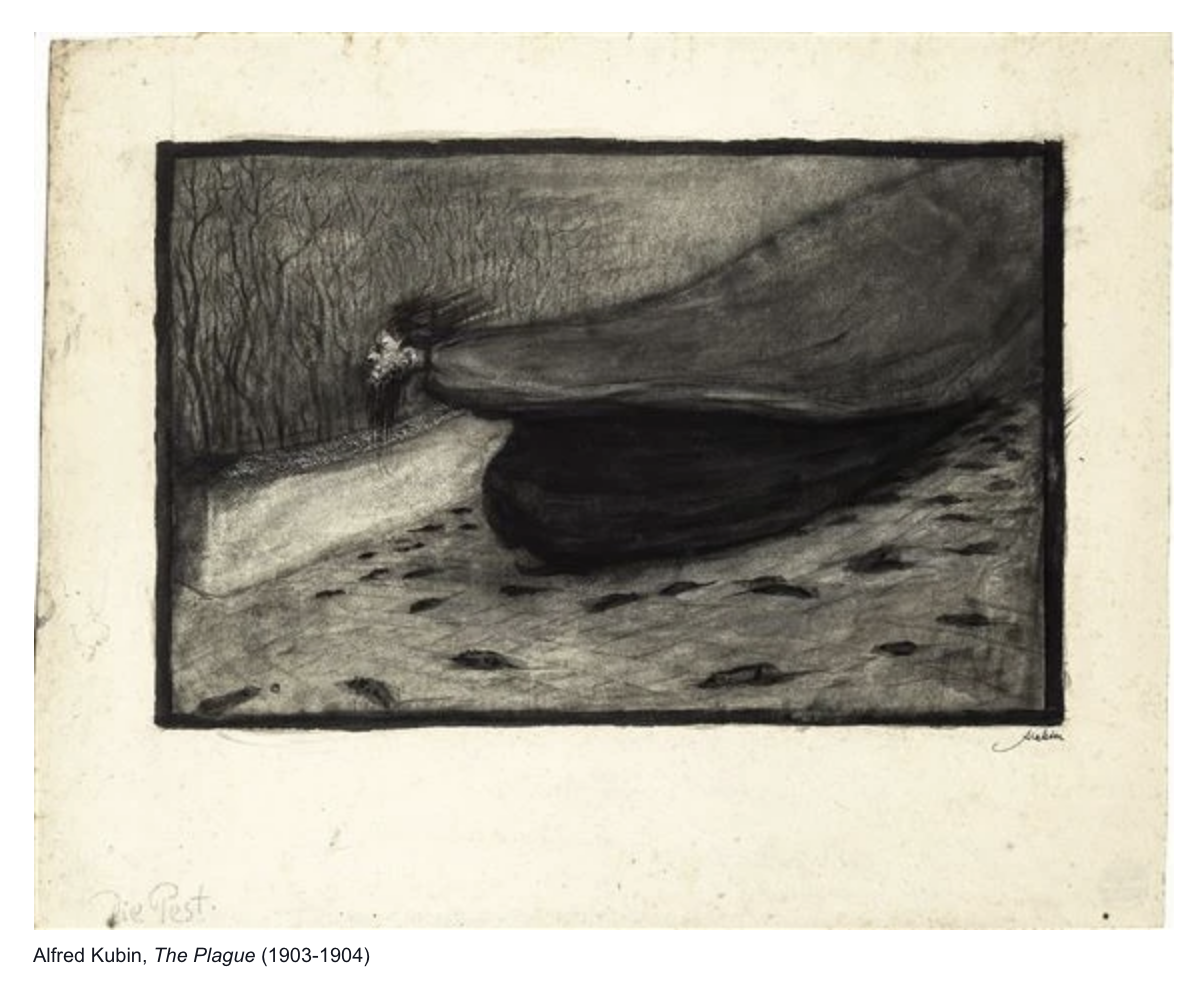






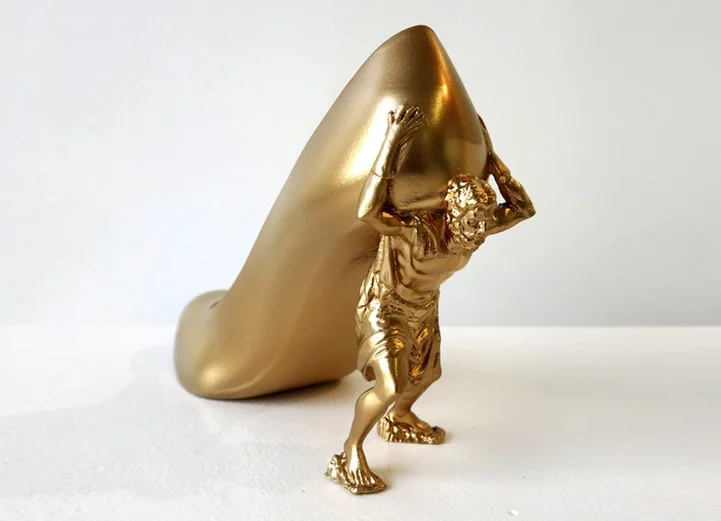


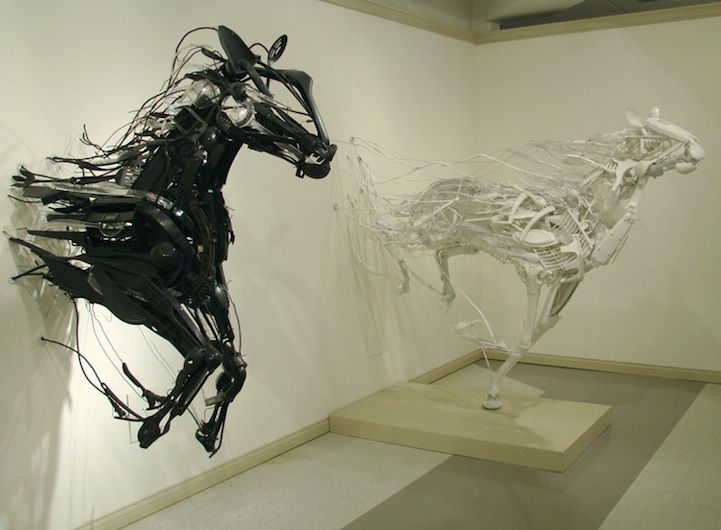



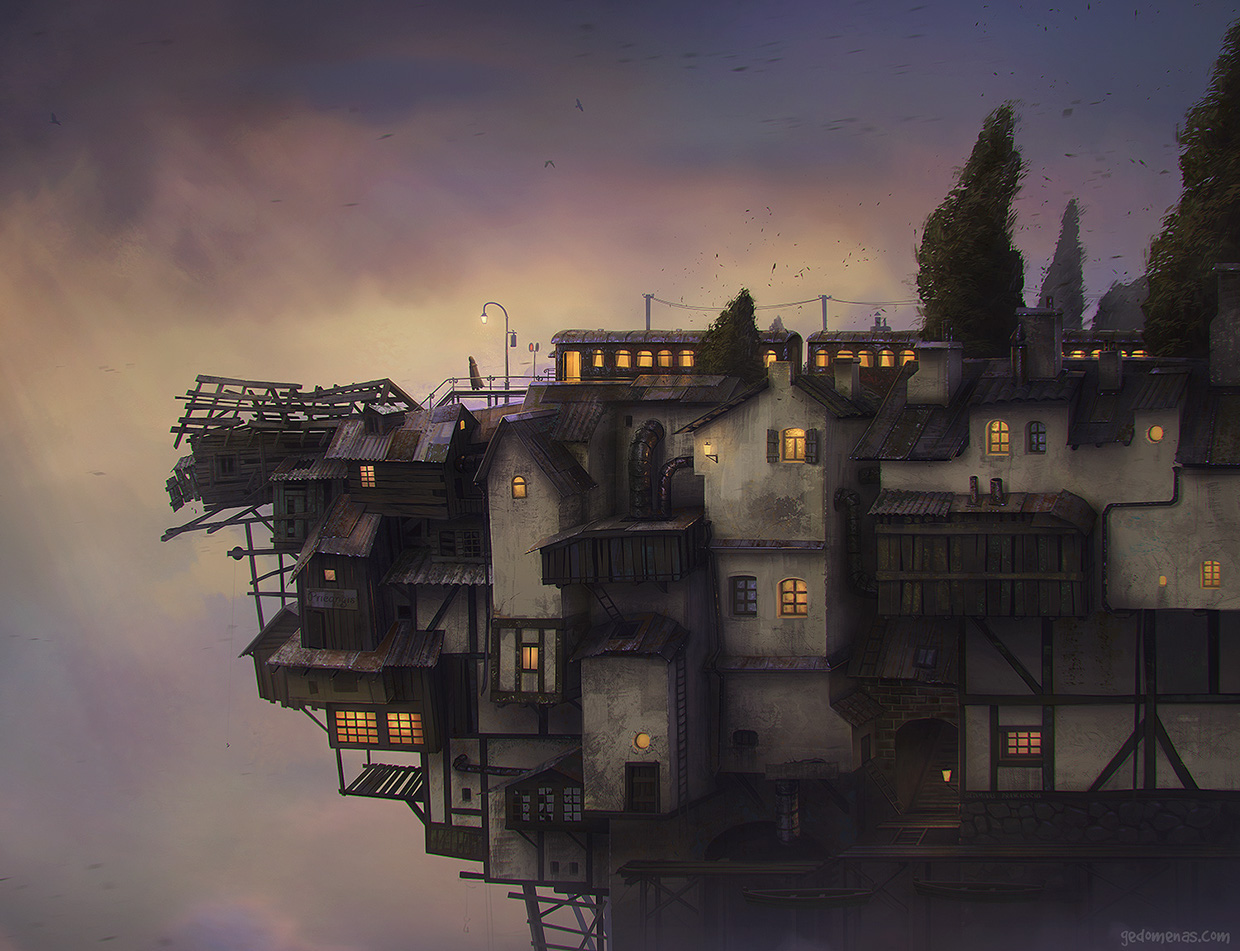
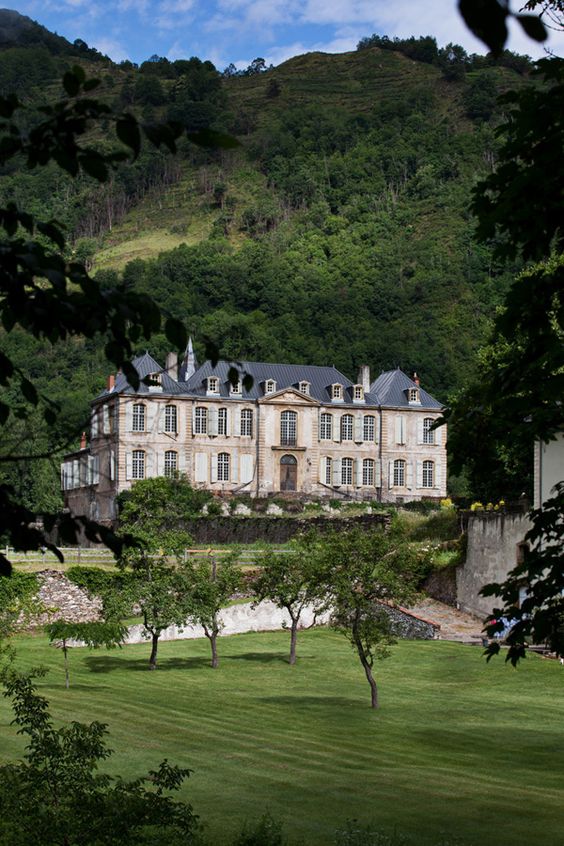






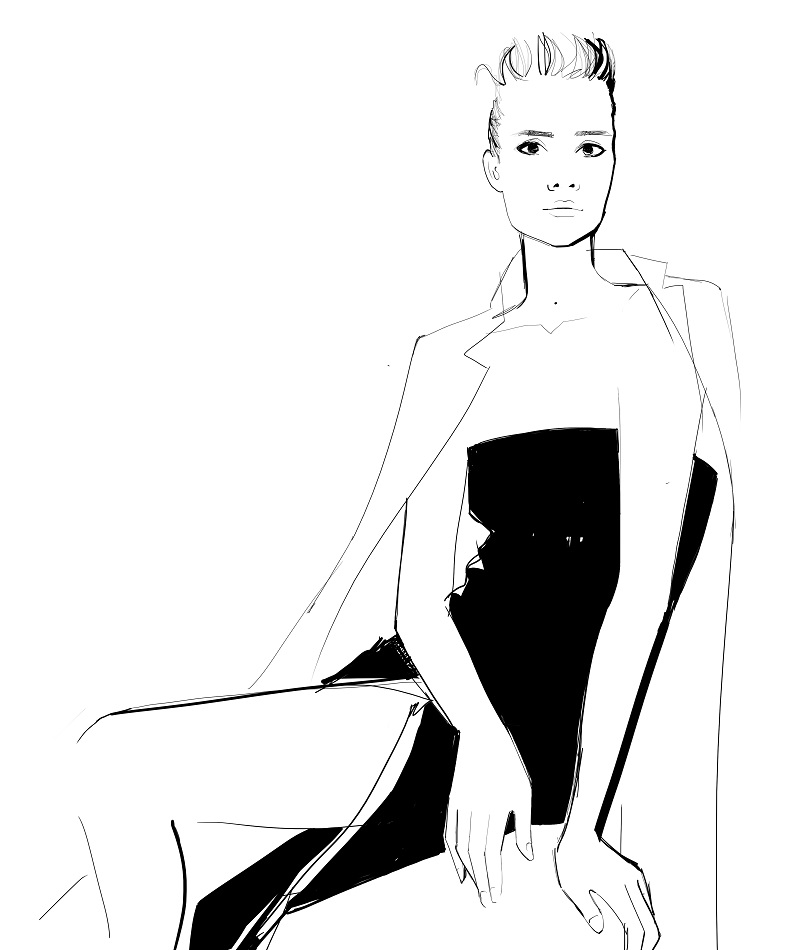






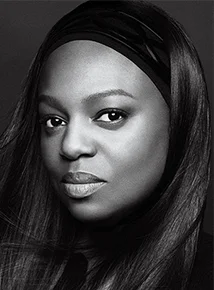
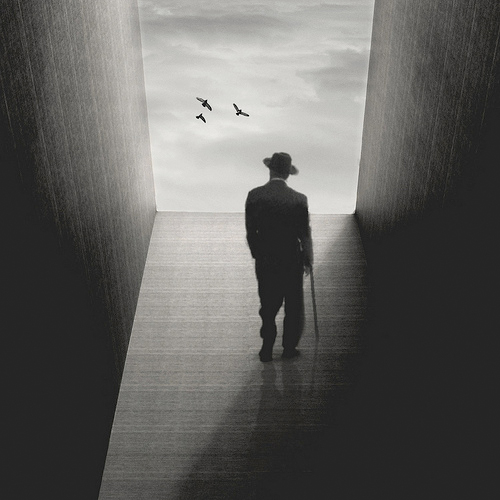

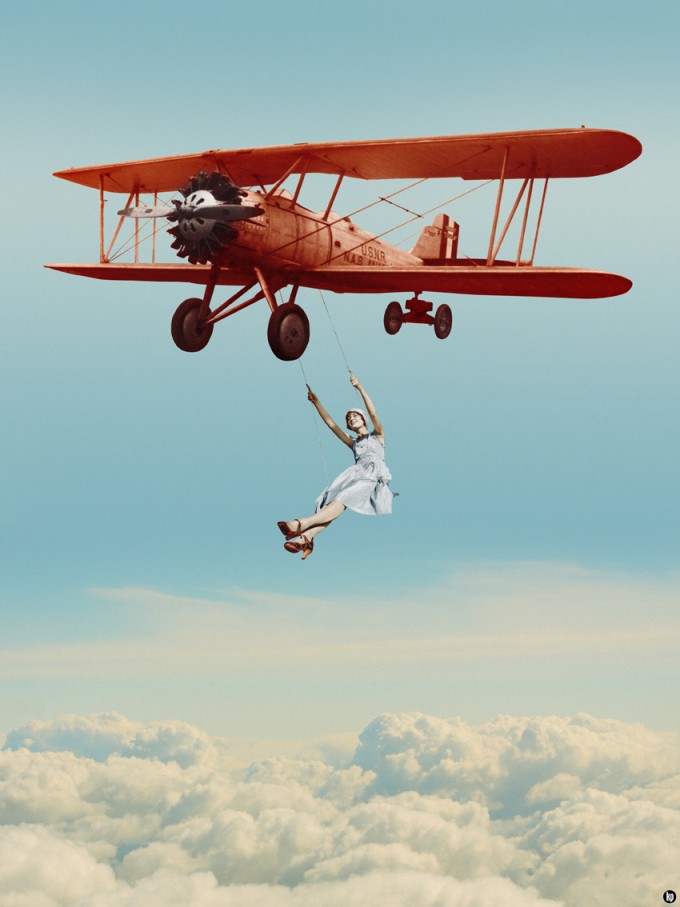

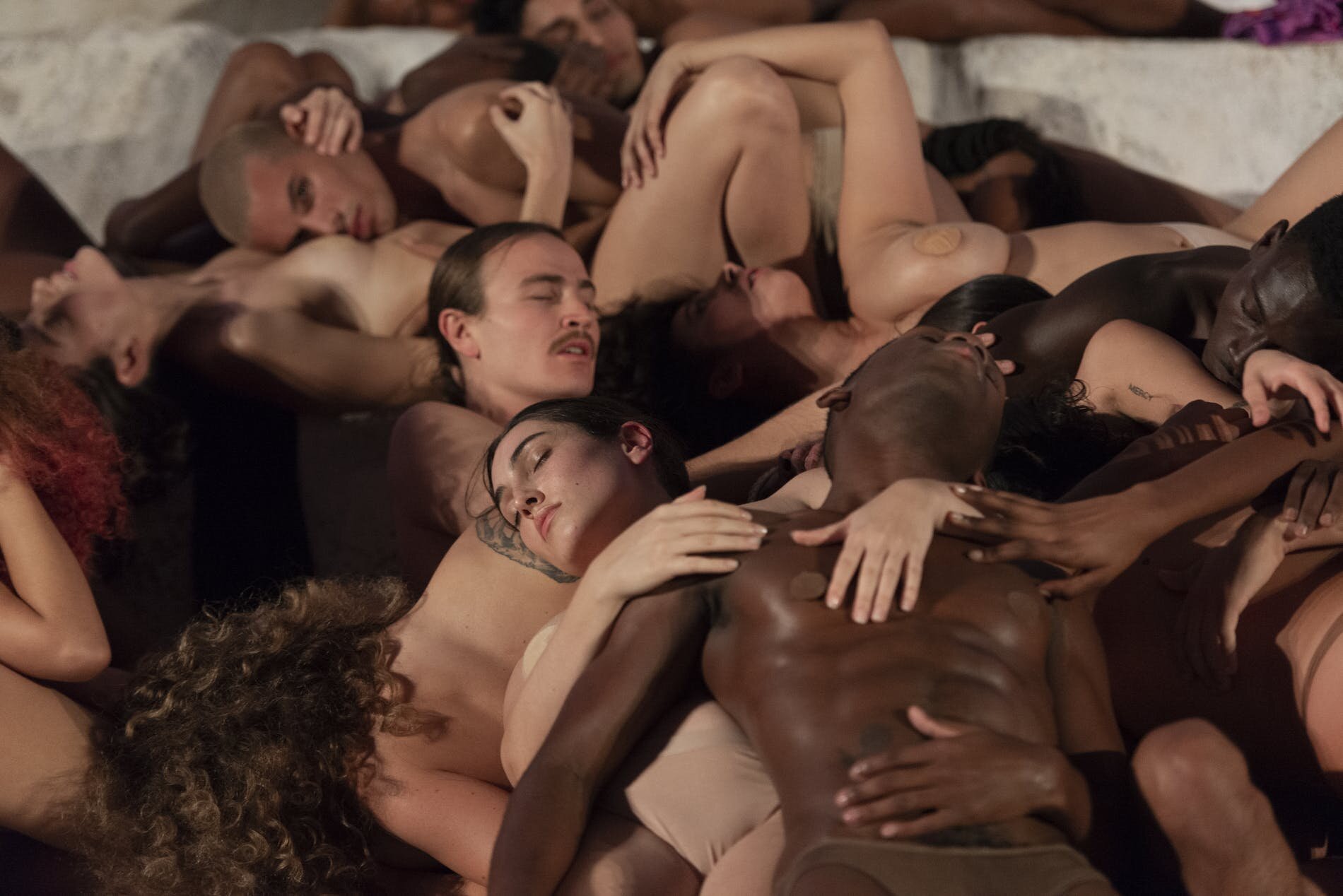
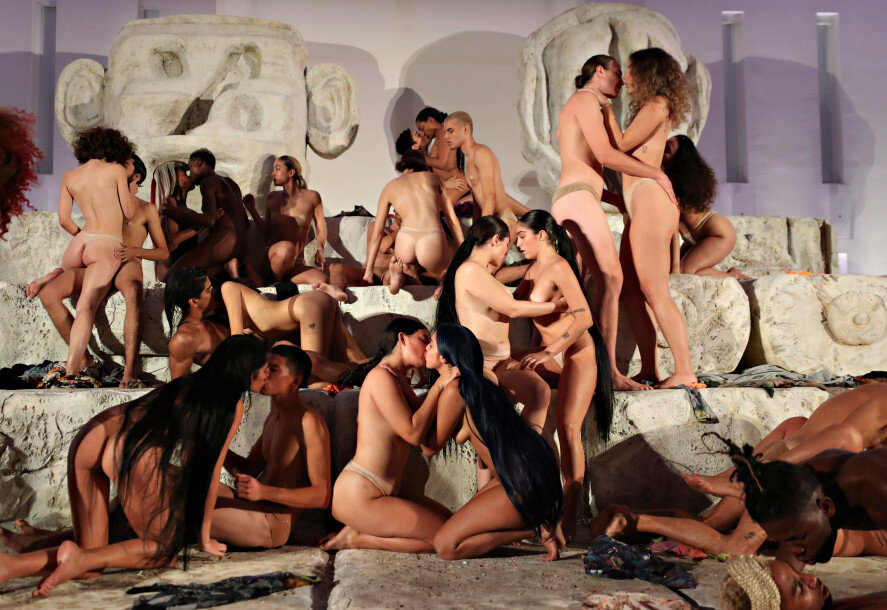





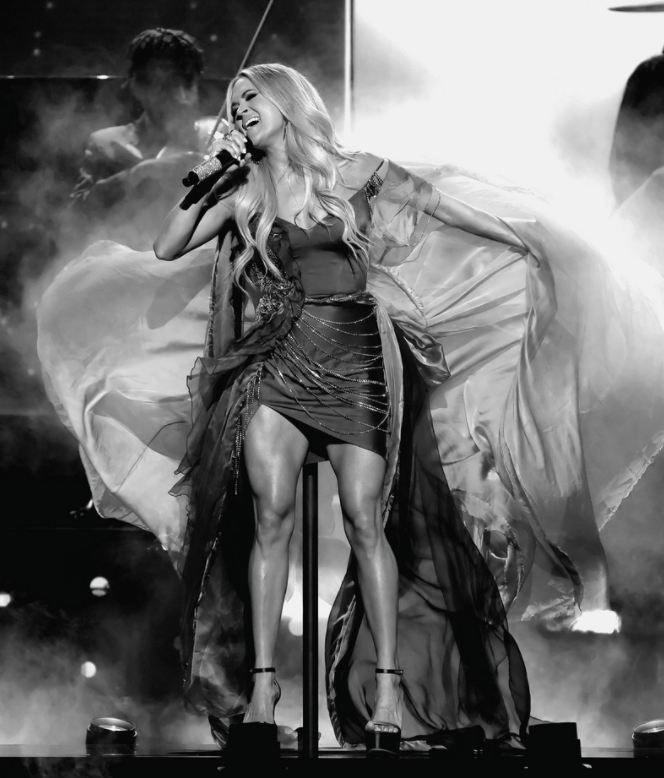
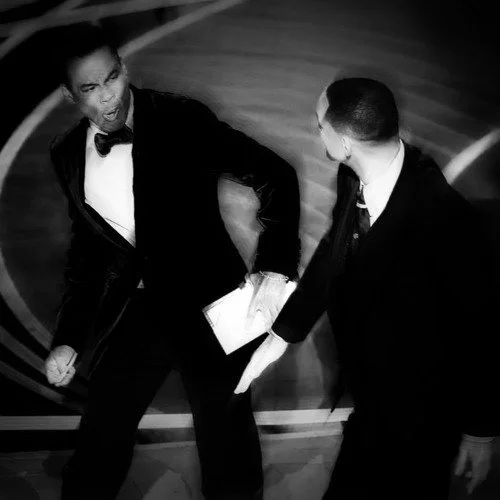













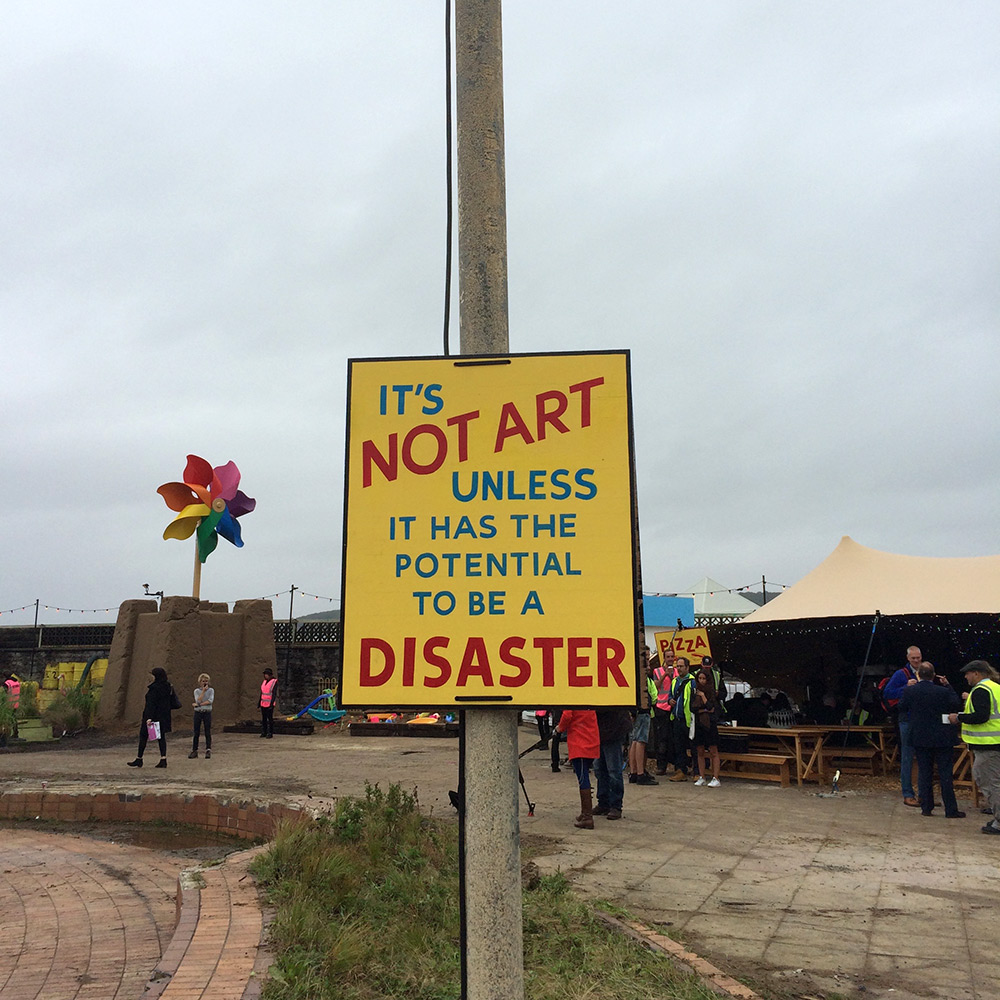

.